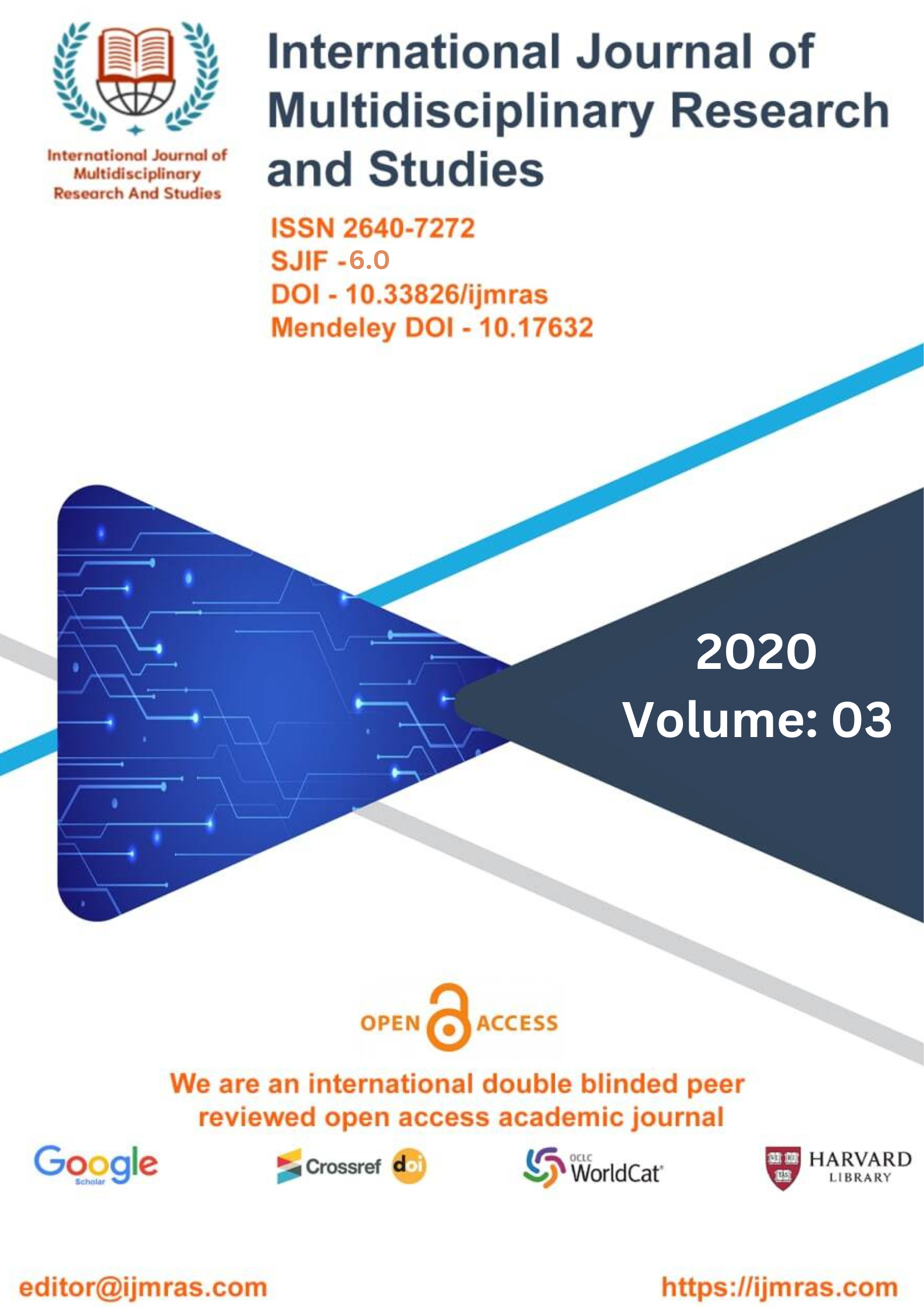ISOLATION IDENTIFICATION AND CONTROL OF EARLY BLIGHT OF POTATO

Abstract
Estimates that were correct as of July 2019 suggest that the overall number of people living on our planet is somewhere in the neighborhood of 7.7 billion (Worldometer, n.d.), and that number is fast increasing with each passing second. In terms of demographic data, India is currently the second most powerful nation in the world, and the great majority of people who live in the city consider the countryside to be their permanent residence. Every living creature is required to have a meal in the morning and another in the evening on a regular basis. Breakfast and dinner are the most important meals. As a consequence of this, the vast majority of people all over the globe depend on the staple food crops, such as rice, wheat, and maize, in order to meet their day-to-day needs for the intake of food and to prevent themselves from going hungry. (Hong et al., 2017 and Spooner, 2013) Potatoes, scientifically known as Solanum tuberosum and colloquially referred to as spuds, are the crop that are ranked as the world's fourth most significant and important staple food crop, after cereals. The word "staple" refers to a category of food that is included in the diets of the vast majority of individuals within a certain community. According to the Resource library that is kept up to date by National Geographic (n.d.), the foods that are considered to be "staples" are those that are eaten often and on a daily basis. When growing any sort of crop, having soil that is not only nutrient-dense but also in healthy shape is of the utmost significance.
Keywords
Isolation, Identification, Control of Early, Blight of PotatoHow to Cite
References
Abdullahi, S., Simon, S., & Babychan, M., (2016). Effect of Bioagents and their consortia in the management of early blight disease of potato.
Adhikari, P., Oh, Y., & Panthee, D., (2017). Current status of early blight resistance in tomato an update. International journal of molecular sciences, 18(10), 2019.
Al-Mughrabi, K., I., (2010). Biological control of Fusarium dry rot and other potato tuber diseases using Pseudomonas fluorescens and Enterobacter cloacae. Biological Control, 53(3), 280-284.
Al-Saikhan, M., S., Howard, L., R., & Miller, J., C., (1995). Antioxidant activity and total phenolics in different genotypes of potato (Solanum tuberosum, l.). Journal of food science, 60(2), 341– 343. Doi:10.1111/j.1365-2621.1995.tb05668.x.
Amin, M., Mulugeta, N., & Selvaraj, T., (2013). Field evaluation of new fungicide, Victory 72 WP for management of potato and tomato late blight (Phytophthora infestans (Mont) de Bary) in West Shewa Highland, Oromia, Ethiopia. J. Plant Pathol. Microbiol, 4, 192.
Aneja, KR, (2003). Experiments in Microbiology, Plant Pathology and Biotechnology. New Age International (P) Ltd, 2003
Arora, R., K., Sharma, S., & Singh, B., P., (2014). Late blight disease of potato and its management. Potato Journal, 41(1).
Bibhuti, B., Das, and M., S., (2011). DkharRhizosphere Microbial Populations and Physico Chemical Properties as Affected by Organic and Inorganic Farming Practices. American-Eurasian J. Agric. & Environ. Sci., 10 (2): 140-150.
Bourke, A., (1991). Potato blight in Europe in 1845 The scientific controversy. In Phytophthora (J. A. Lucas, R. C. Shattock, D. S. Shaw, and L. R. Cooke, Eds.), pp. 12–24. Cambridge Univ. Press, Cambridge, UK.
Brown, C., R., (2005). Antioxidants in potato. American journal of potato research, 82(2), 163-172.
Broeckling, C., D., et al., (2008). Root exudates regulate soil fungal community composition and diversity. Appl. Environ. Microbiol., 74, 738-744.
Bruns, T., D., and Szaro, T., M., (1992). Rate and mode differences between nuclear and mitochondrial small-subunit rRNA genes in mushrooms. Mol Biol Evol., 9: 836–855.
Bu-Dieyeh, M., H., Barham, R., Abu-Elteen, K., et al. Seasonal variation of fungal spore populations in the atmosphere of Zarqa area, Jordan. Aerobiologia 26, 263–276 (2010).
Camire, M., E., Kubow, S., & Donnelly, D., J., (2009). Potatoes and human health. Critical reviews in food science and nutrition, 49(10), 823-840.
License
Copyright (c) 2020 KUMARI ANUPAM

This work is licensed under a Creative Commons Attribution 4.0 International License.
Individual articles are published Open Access under the Creative Commons Licence: CC-BY 4.0.



